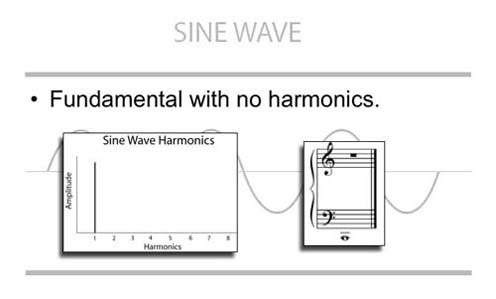I am relatively new to the world of guitar pedals, and I have recently (after a few failed attempts) built a successful Bazz Fuss.
Although I've successfully built it, I'm not sure how exactly it works. I would like to learn what each part in it does.
Here's the circuit:

My main questions are:
What are capacitors doing in the circuit?
What is diode's purpose and why is it connected this way? I've thought it would be connected straight from the capacitor to the transistor base.
And of course, how fuzz works (in general).




